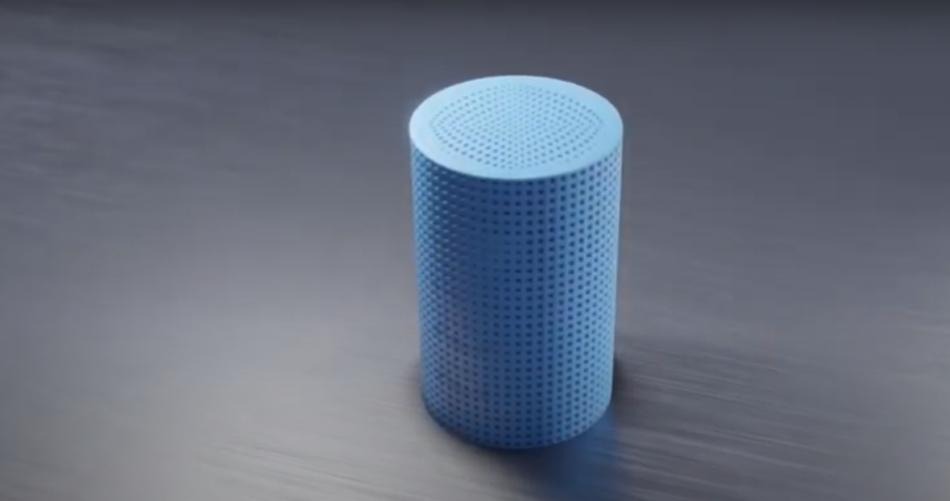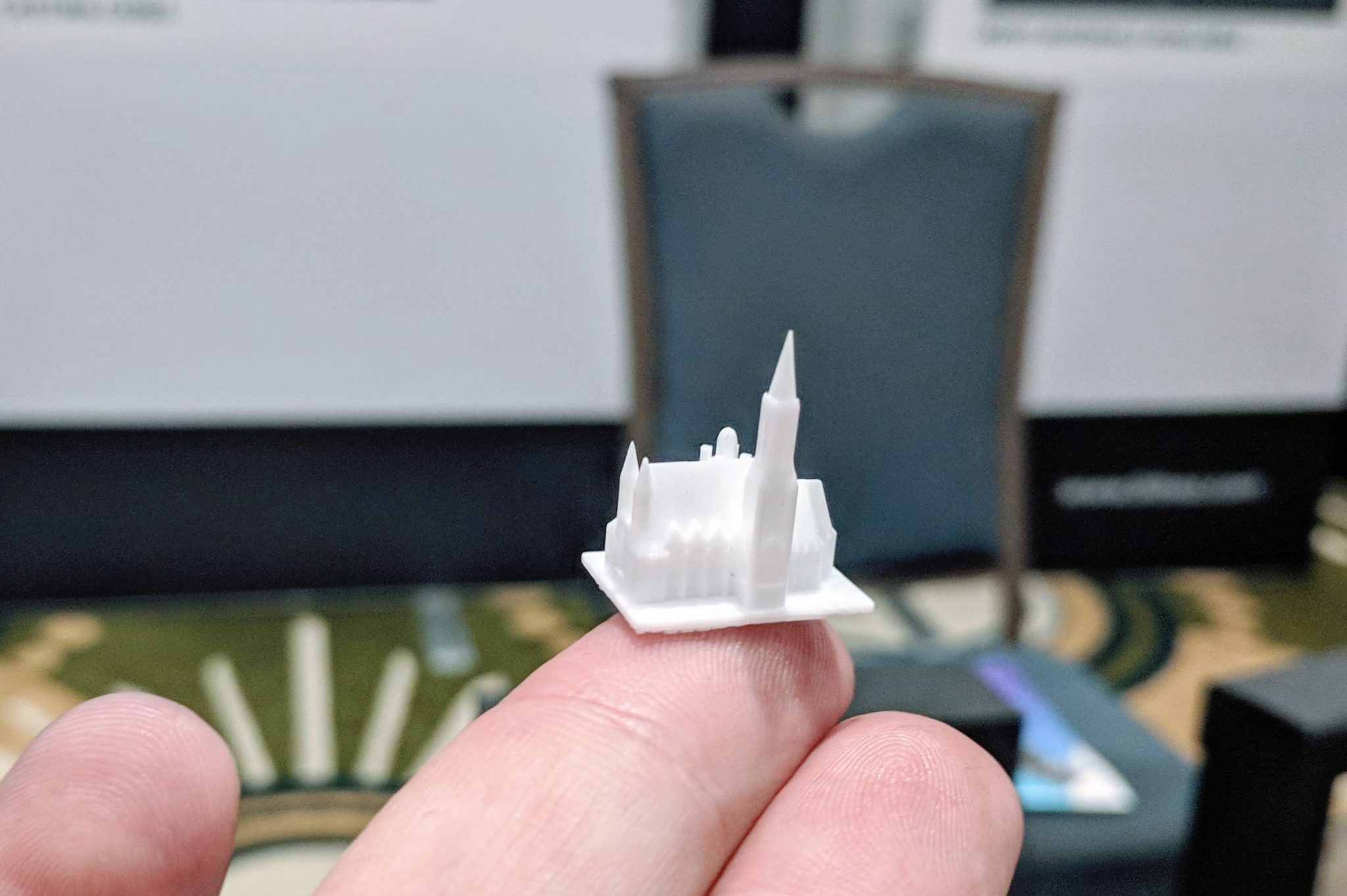Researchers from the EU-backed initiative named Project NESSIE, have created a novel technique for purifying vaccines that could lead to reduced costs and enable vaccines to become more readily available to countries in the developing world.
Austrian ceramic 3D printing specialist Lithoz together with Genlbet and CERPOTECH began the project last year with research organizations SINTEF and IBET. The consortium aims to accelerate the production of complex vaccines and reduce the associated costs.
The new structured substrates for downstream processing of complex biopharmaceuticals project has a €1 million budget and is supported by M-era.Net and national funding agencies.
The new process centers around 3D printed chromatographic columns. Produced using Lithoz’s ceramic printing technology, the columns are designed to improve the separation of impurities during the early stages of vaccine creation. This could act to reduce the number of purification steps required, and therefore the associated production costs.

Project Nessie and vaccine purification
Vaccine candidates are typically produced in multi-component environments consisting of numerous impurities and co-produced contaminants that require purification. This currently requires a multi-step process called chromatography. The procedure involves separating a mixture by passing it through a medium (in this case a column), in which the mixture’s components move at different rates, and impurities are removed.
Producing the columns using additive manufacturing has allowed them to have a unique hybrid structure with tailor-made shapes, which increases its absorbency levels. 3D printing also permits the level of the column’s porosity to be directly controlled, which improves the separation process. The result is an increased column throughput, low product dilution, and low solvent consumption.
The method is set to be tested on the adenoviruses, a group of viruses that could act as a vector for delivering genes or vaccine antigens to the human body. The common viruses that often cause fever, coughs, sore throats, and diarrhoea among other illnesses, have led to vaccines that achieved viral immunity in the past. However, while adenoviruses are excellent vectors for vaccines, the extra precautions and purification required to make vaccines safe, have made them expensive to produce using conventional methods.
NESSIE has successfully produced its first chromatographic supports and will soon test them by purifying adenoviruses, with the goal of becoming the benchmark in the production of chromatographic devices for purifying complex pharmaceutical compounds.

Lithoz and ceramic 3D printing
Lithoz, a specialist in ceramic 3D printing, has utilized its technology for a variety of applications, including in the production of its own 3D printers.
The Austrian company revealed its new CeraFab System S65, at Ceramics UK, an event dedicated to the technical ceramics industry, last year. The latest release in its series of industrial 3D printers for the serial production of ceramics, the 3D printer uses a cascade system that allows for the integration of 4 production units per electronic unit, which increases output productivity.
Working with American multinational specialty materials company Corning last August, Lithoz used its proprietary Lithography-based Ceramic Manufacturing (LCM) technique to 3D print glass-ceramic materials for the first time. The successful experiment added a potential new material to Lithoz’s ceramic 3D printing range, in addition to potential new applications for a tough, biocompatible, superconductor.
You can now nominate for the 2020 3D Printing Industry Awards. Cast your vote to help decide this year’s winners.
To stay up to date with the latest 3D printing news, don’t forget to subscribe to the 3D Printing Industry newsletter or follow us on Twitter or liking our page on Facebook.
Looking for a job in the additive manufacturing industry? Visit 3D Printing Jobs for a selection of roles in the industry.
Featured image shows a prototype chromatographic column, produced using ceramic 3D printing technology. Photo via Lithoz.



